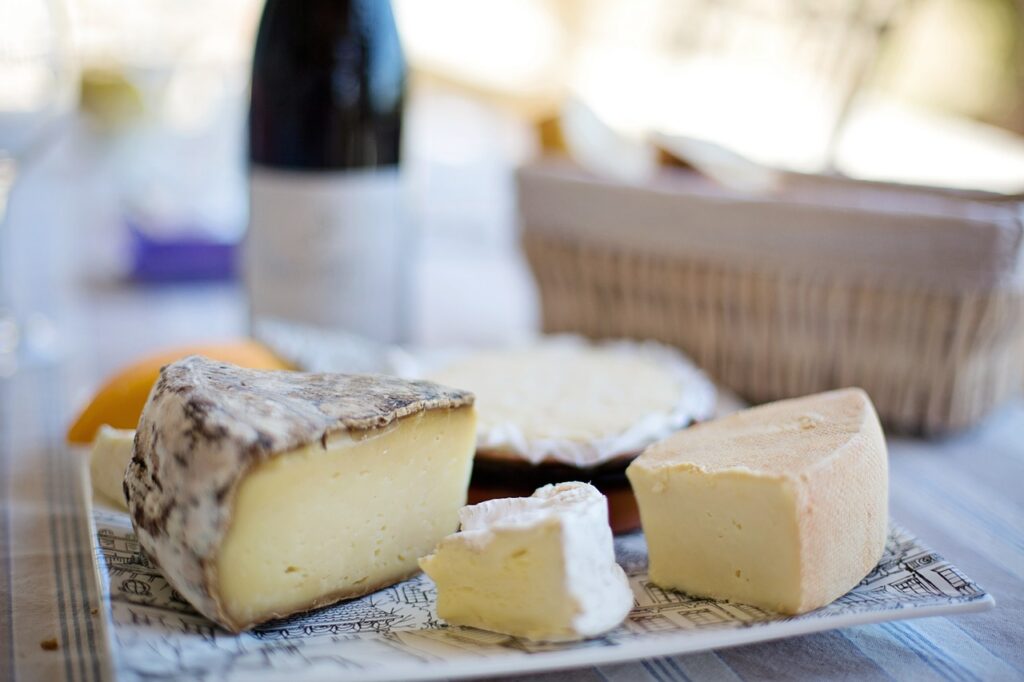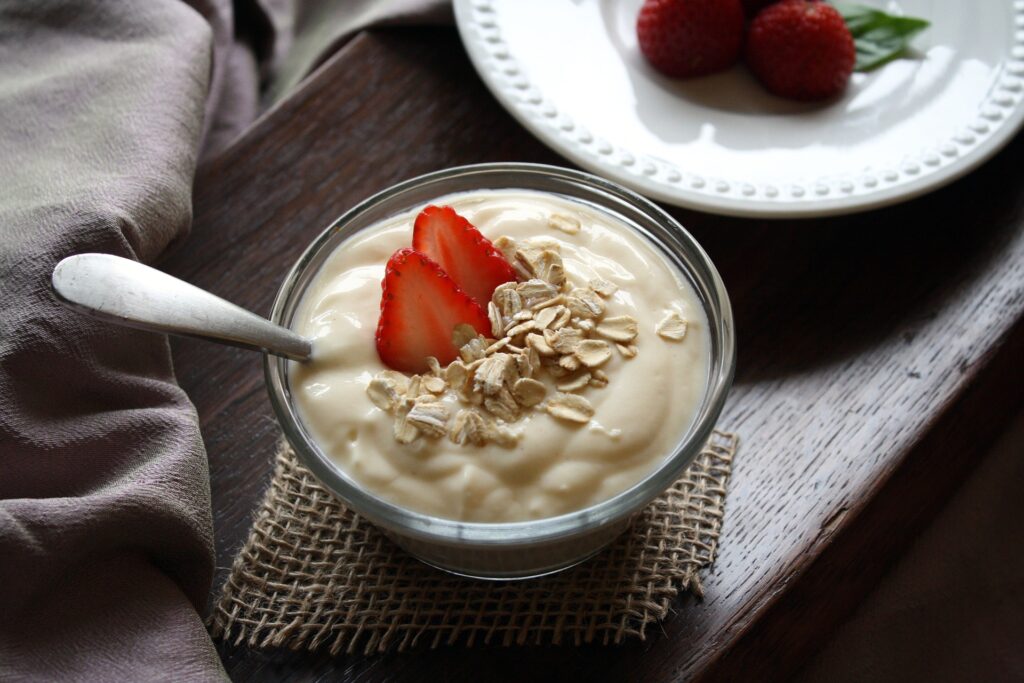Dairy Enzymes
- Home
- Dairy enzymes
Indians are known to be lovers of milk and its products. As a sequel to white revolution, India has surged ahead to become the largest milk producer in the world, the production figure touched to million tons for the years. With growing urbanization, demand for processed dairy foods has increased considerably, in particular demand for different cheese varieties, and low-lactose milk due to increasing intolerance of human beings to lactose in milk and other milk products. For improving the quality of milk and milk products, a number of different enzymes from microbial as well as from non-microbial sources have potential applications in dairy processing. India being the highest producer of milk in the world, and consequently the surplus availability of milk in our country has triggered the food and dairy industry to convert the liquid milk into value-added products using biochemical and enzymatic processes.
ENZYMATIC SOLUTION FOR CHEESE PRODUCTION
Cheese ripening is a complex process mediated by biochemical and biophysical changes during which a bland curd is developed into a mature cheese with characteristic flavor, texture, and aroma. The desirable attributes are produced by the partial and gradual breakdown of carbohydrates, lipids, and proteins during ripening, mediated by several agents, viz. residual coagulants, starter bacteria, and their enzymes, nonstarter bacteria and their enzymes, indigenous milk enzymes, especially proteinases, and secondary inoculum with their enzymes. Proteolysis occurs in all the cheese varieties and is a prerequisite for characteristic flavor development that can be regulated by proper use of the above agents. Cheese ripening is essentially an enzymatic process that can be accelerated by augmenting the activity of the key enzymes. This has the advantage of initiating more specific action for flavor development compared to the use of elevated temperatures that can result in accelerating undesirable nonspecific reactions, and consequently off-flavor development.

Products
ENZYMATIC SOLUTION FOR YOGHURT PRODUCTION
Antozyme powder Enzyme’s act like small selective scissors to break down stains into pieces. Typically, enzymes are carefully optimised molecules for their respective processes – such as the removal of a specific protein, starch or fat stain. Thus, each enzyme has specificity for one type of reaction, which results in specific enzymes being targeted to specific types of stains. By being broken down into smaller pieces, stains on laundry are more easily removed.
Products

ENZYMATIC SOLUTION FOR LACTOSE FREE MILK PRODUCTION
Lactose, the sugar found in milk and whey, and its corresponding hydrolase, lactase or b -galactosidase, have been extensively researched. This is because of the enzyme immobilization technique which has given new and interesting possibilities for the utilization of this sugar. Because of intestinal enzyme insufficiency, some individuals even a population, show lactose intolerance and difficulty in consuming milk and dairy products. Hence, low-lactose or lactose-free food aid programme is essential for lactose intolerant people to prevent severe tissue dehydration, diarrhea, and, at times, even death. Another advantage of lactase-treated milk is the increased sweetness of the resultant milk, thereby avoiding the requirement for addition of sugars in the manufacture of flavoured milk drinks.


